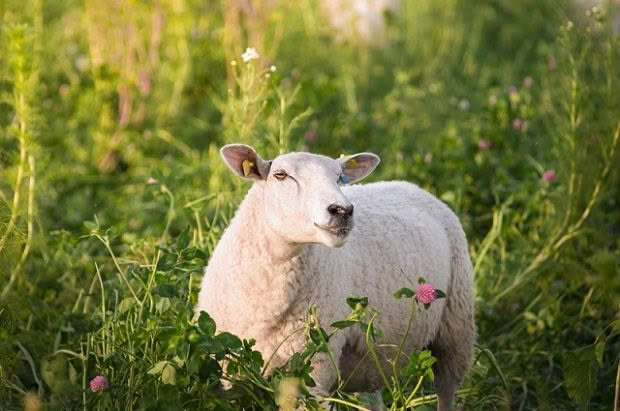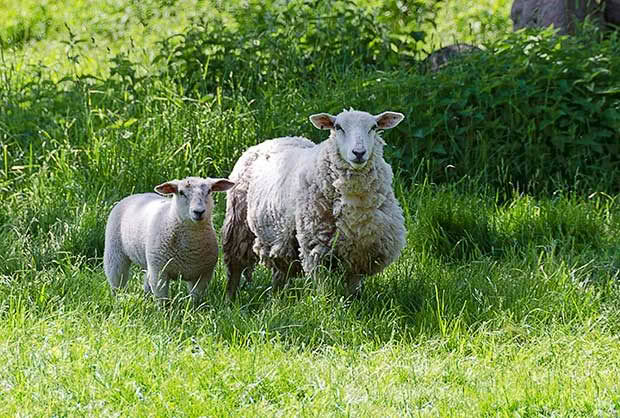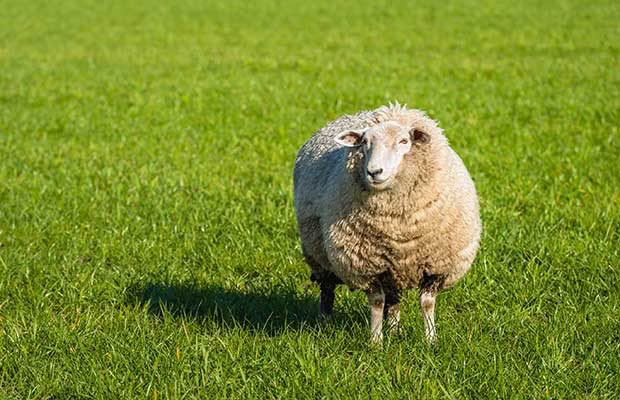9 things to do before your livestock give birth

When your lambs are due to give birth it pays to be prepared.
Words: Nadene Hall
1. Do you have enough pasture building up for pregnant animals? Cows, ewes and does are at risk of developing pregnancy toxaemia in the final month of pregnancy if not eating high quality, palatable feed.
2. Do you have enough pasture for lactating animals and their babies? For most areas, pasture growth in late winter-early spring will be very slow. Have supplementary feed ready to go ahead of time as it may be hard to source when you need it.
3. In the weeks before lambs and kids are due, clean out water troughs and cover them with mesh, to prevent drowning but leave a gap where animals can still drink. If you are new to lambing/kidding, make sure young animals can access water – if troughs are too high, you may need to provide water in a bucket or low, shallow trough.

4. Check sheep often, and keep an eye out for cast ewes. Do a head count every time. Every day or so, physically check a ewe or two by grabbing them and feeling their condition through their wool – wool hides a lack of condition from view.
5. Dag and crutch ewes 4-6 weeks out from their due date.
6. What’s the weather like? A sudden change in weather can bring on all sorts of metabolic and other health issues, especially in pregnant livestock. Make sure you check all animals morning and night. Take a good look every time, as the earlier you catch something, the more likelihood there is of saving an animal, and the cheaper the treatment costs.
7. Check the worm status of pregnant livestock four weeks before their due date. Drench if required.

8. Never make a sudden feed change. While you shouldn’t do this at any time, it’s doubly important with pregnant livestock. Introduce new food very gradually over a 10 day period.
9. Have you got experience with birthing livestock? If you are new to it, talk to a local farmer, neighbour or friend with experience. Ask them if you can observe a birth or two. This way you will know what is normal, what is not, learn techniques for checking an animal internally, and know how to intervene if you can. You should also learn when to call for help, either from a more experienced person or your vet.
MORE HERE:
Could the reason your sheep and cattle look underweight be ill-thrift?
Love this story? Subscribe now!
 This article first appeared in NZ Lifestyle Block Magazine.
This article first appeared in NZ Lifestyle Block Magazine.
